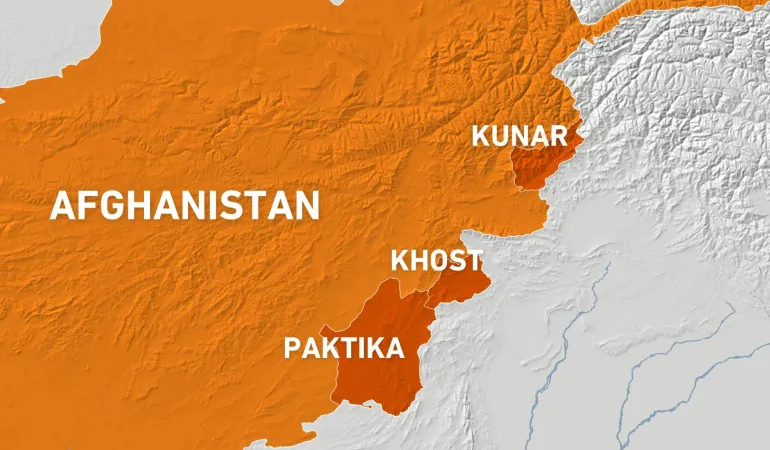China’s Belt and Road Initiative shown limits by Afghanistan

Kabul, Afghanistan: Since the Taliban took control over Afghanistan, none of the countries openly came forward and supported other than China, Raffaello Pantucci, a senior fellow at the S Rajaratnam School of International Studies in Singapore and author of “Sinostan: China’s Inadvertent Empire” wrote for Nikkei Asia.
Chinese institute has extended millions of dollars in aid to Afghanistan and even the Ministry of Foreign Affairs in Beijing has been a leading voice in calling for Washington to release USD 7 billion in frozen Afghan central bank funds.
Yet all of this positive engagement has not advanced the goals Beijing actually wants to achieve.
Beijing hoped that the Taliban would hand over Uyghur fighters to curtail their activity within the country but sadly, it failed to do so. Indeed, the TTP appears to have offered training to Balochi separatists and other militants who are targeting Chinese interests in Pakistan. On top of that, the Taliban has confounded expectations by actively courting New Delhi.
To extract economic benefit, China sent its businessmen and traders into Afghanistan, but this is most likely simply the result of entrepreneurs sensing an opportunity amid the decline in violence since the Taliban ousted the previous U.S.-backed government, according to Nikkei Asia.
Growth in direct trade has been limited so far, and China’s big state-owned enterprises are treading carefully. The complete lack of infrastructure or managerial capability on the Afghan side limits their ambition, alongside concerns about what they might be getting themselves into.
Afghanistan used to be a place where China could run joint projects with India, the US, and others. Now instead, Afghanistan is increasingly seen through the light of great power competition as merely another place where Washington and its proxies might undermine Chinese interests.
The poor hand China has to play was most vividly articulated recently by the U.S. drone strike that killed al-Qaida leader Ayman al-Zawahri. To some degree, China had previously been able to count on Washington acting as a backstop for problems in Afghanistan, with U.S. forces even launching airstrikes on the Taliban’s Uyghur allies as a common enemy.
The US still has enemies in Afghanistan and, as was seen with the death of al-Zawahri, the capability to do something about them, even in Beijing’s backyard, while China lacks these same kinetic tools and capabilities to go after its adversaries, according to the author.
A decade from the birth of the BRI concept, Afghanistan highlights Beijing’s difficulty in using its development model as a foreign policy concept to be replicated around the world.
A decade ago, Peking University international studies professor Wang Jisi set the conceptual foundation for what would become the Belt and Road Initiative with an essay called “Marching Westwards.”
In it, Wang decried the excessive focus of Chinese foreign policy on Washington and the Asia-Pacific region, highlighting instead the opportunities and threats along China’s western land borders.





